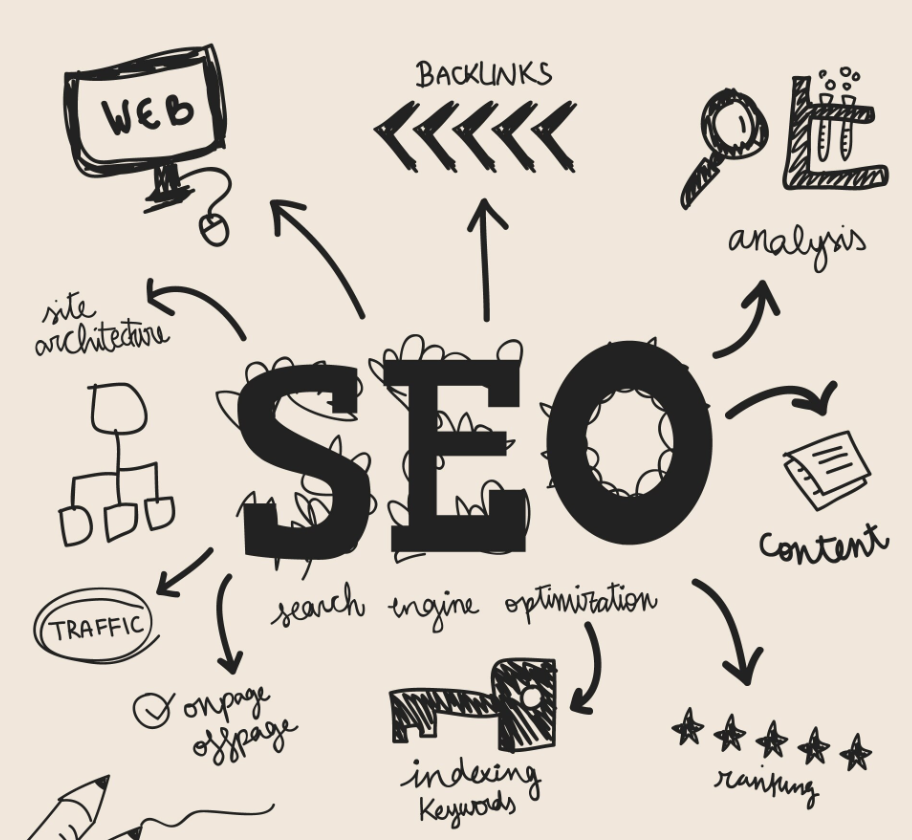Why Small Businesses That Use AI Will Outrun the Competition

Skip ahead
Small businesses face growing pressure to keep pace. Customers expect fast replies, regular updates, and a polished online presence. At the same time, budgets are limited, teams are small, and the list of responsibilities never seems to shrink.
Hiring more people often isn’t possible. Longer workdays only stretch the problem. To stay competitive, small businesses need a different kind of support, one that scales output without draining resources.
This is where AI steps in. With the right tools in place, an AI helper becomes part of the team. It handles routine work, runs in the background, and frees up hours that can be used for strategy, product, or growth.
Small businesses using AI are gaining ground. They respond faster, create more content, and make decisions with greater confidence. They aren’t waiting for better conditions. They’re improving performance with the tools they already have.
The shift is happening. Let’s look at how AI helpers are helping small businesses stay ahead and grow with clarity and control.
The Real Challenge for Small Businesses
Running a small business comes with constant trade-offs. Every hour has to count, and every task competes with something else on your list. It’s not unusual for a founder to handle sales, support, marketing, operations, and admin, often all in the same day.
This multitasking creates limits. It slows down growth, weakens consistency, and makes it harder to focus on the work that moves the business forward. Even if the vision is clear, execution gets blocked by time and capacity.
Marketing, in particular, is one of the first things to slip. Writing newsletters, updating social channels, replying to leads, and planning campaigns takes energy that’s usually in short supply. Without dedicated help, content gets delayed, customers wait longer for replies, and opportunities are missed.
These are not small issues. They directly affect visibility, trust, and revenue. Yet many small businesses continue to push through manually, simply because hiring more help isn’t realistic.
Many small businesses are reaching the point where doing more with the same team feels impossible. Rather than focusing only on hiring, more founders are looking for ways to improve how work gets done. AI provides that kind of support. It helps manage the workload more efficiently, creates space for higher-value tasks, and allows teams to keep growing without burning out.

What an AI Helper Does
An AI helper handles the tasks that take time away from growth. It writes, plans, schedules, organizes, replies, and gathers insights across your business.
For small teams, this means fewer hours spent formatting content, drafting social captions, or answering the same questions over and over. You can use the AI to outline a blog, create product descriptions, turn a long article into short posts, or build a basic email sequence. It works with your input and learns your preferences through regular use.
It also connects different parts of your workflow. Email replies can be synced with calendar events. Social posts can be generated based on your latest blog. Weekly plans can be built using past performance data and upcoming goals.
The more you use the system, the more useful it becomes. Over time, it starts to recognize what tasks come next, how you like to communicate, and where your time is best spent.
Speed and Consistency Create Leverage
For small businesses, showing up regularly is one of the clearest ways to stay competitive. Whether it’s posting on social media, replying to leads, or sharing updates with your audience, consistency builds trust and keeps your business top of mind.
The problem is, consistency is hard to maintain when you’re doing everything manually. A busy week, a staff absence, or a packed client schedule can easily knock your plan off track.
An AI helper gives you the structure to stay visible, even during the busiest times. It can keep posts flowing, help with timely replies, and ensure campaigns go out on schedule. This kind of support allows your business to maintain momentum without relying on last-minute work or rushed decisions.
When you combine speed with steady output, you start to see real results. More people notice your brand. More leads convert. And over time, that consistency becomes a competitive advantage that doesn’t require extra staff to maintain.
Better Decisions with Less Effort
Small businesses generate data every day. Website traffic, email performance, social engagement, and customer activity all contain useful signals. The hard part is turning that information into something actionable.
An AI helper processes this data quickly and presents clear takeaways. It can identify your top-performing posts, suggest the best times to publish, and track how different types of content affect engagement. You no longer need to spend time searching for patterns across tools and platforms.
These insights support faster decisions. You can adjust your strategy based on real numbers, not assumptions. Over time, this leads to stronger content, more focused outreach, and better alignment between your efforts and your results.
By removing guesswork, you get to spend more time executing and less time trying to figure out what to do next.
From Admin Mode to Growth Mode
Many small business owners spend more time managing the day-to-day than planning what comes next. Email replies, social scheduling, content formatting, and customer follow-ups fill the calendar, leaving little room for strategy or development.
An AI helper creates breathing room. It picks up the low-effort, high-frequency tasks that slow everything else down. You stay available, but you no longer need to touch every message, review every draft, or manage every step of a process.
This shift creates space for real growth. You can finally focus on the projects that require attention, like building partnerships, improving your offer, or launching something new. That change in focus is where momentum starts to build.
Take Simply Precious Hands as an example. This small wellness business was spending up to ten hours each week on admin and content management. After integrating Sintra’s AI helpers, they automated email handling, scheduled content, and generated client-facing posts with less effort. That time was reinvested into launching new services and promoting the brand.
The results were clear: more visibility, better planning, and a business that finally had room to grow.

Why Delaying AI Means Slower Growth
Many small businesses recognize the value of AI but hesitate to adopt it. Some are waiting for the perfect time. Others feel unsure about the learning curve or worry that the tools won’t match their workflow.
While the hesitation is understandable, waiting has a cost. Businesses already using AI are gaining practical experience. They improve output, gather data, and create repeatable systems that save time each week. With every passing month, their operations become more efficient and predictable.
AI is not a trend that will fade. It is already part of daily operations in companies of every size. The difference is that smaller teams can move faster. They can test, adjust, and refine their use of AI without dealing with long approval chains or complex legacy systems.
The tools are ready, and the impact is measurable. Businesses that start now have the advantage of time on their side. They build better habits, gain sharper insights, and stay ahead without adding overhead.
Conclusion: Small Teams, Smarter Systems
AI is already helping small businesses save time and work more efficiently. With the right AI helper in place, routine tasks get done without constant input, and you stay consistent, organized, and focused on growth.
Start small. Choose one area where you’re stretched too thin. Let AI handle it. As the results show up, it becomes easier to see what else can run more smoothly.
You don’t need a bigger team. You need better tools.

















